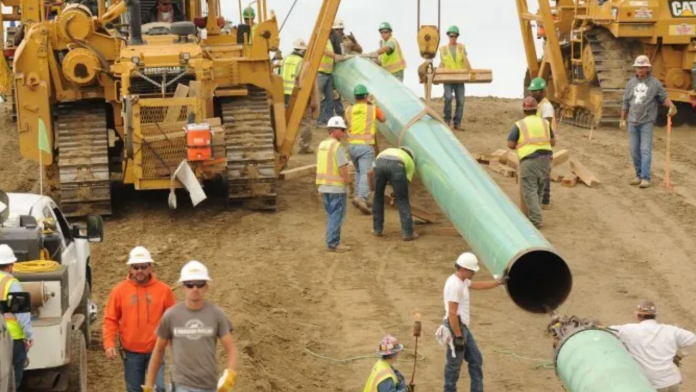Pipe fittings made of carbon steel are essential to industrial fluid systems because of their strength, resilience, and adaptability. These fittings, which include reducers, elbows, tees, and caps, join and manage pipelines for a variety of uses, including water treatment, petrochemicals, and oil and gas. They are a favored option due to their affordability, resilience in high-pressure situations, and compatibility with a variety of pipe types.
Appropriate coatings reduce the chance of corrosion and guarantee longevity. Carbon steel pipe fittings, which come with choices including different connections. They are essential for preserving system integrity and maximizing fluid transport efficiency in a variety of industries visit uniacero.com for additional information about pipe fitting.
Can Carbon Steel Fitting Be Recycled?
Carbon steel fittings can indeed be recycled. Reusing carbon steel fittings is a resource- and waste-efficient, environmentally friendly approach. Because carbon steel can be recycled, it is a desirable material for businesses trying to reduce their environmental effect and support the circular economy. Carbon steel fittings can be effectively repurposed through appropriate recycling procedures, supporting sustainability goals across a range of industrial sectors.
Types of Carbon Steel Pipe Fitting Connection
For joining or connecting various piping system components, carbon steel pipe fittings are frequently utilized in a variety of industries. There are various varieties of these fittings, and each has a distinct function. The carbon steel pipe fittings’ connecting types consist of:
Welded Connections:
One popular technique for combining carbon steel pipe fittings is welding. It is the process of applying heat to fuse the pipe material and the fitting. There are several different welding methods, including fillet, socket, and butt welding. For pipes with a bigger diameter, butt welding is especially popular since it ensures a solid and smooth connection.
Threaded Connections:
Threaded connections require threads to be used on the fitting and the pipe. This kind of connection is adaptable and simple to put together and take apart. In low-pressure applications, where the strength of a welded connection might not be required, threaded fittings are frequently utilized. It is important to note that precision in threading is crucial to ensure a leak-free connection.
Socket Weld Connections:
These connections are made by inserting pipes into the fittings’ recessed regions, or sockets. After that, the junction is welded to form a strong bond. Smaller pipe diameters and applications where internal cleanliness is crucial are prominent uses for this technique. Strong and resistant to leaks, socket weld fittings are well-known for their qualities.
Brazed Connections:
Brazing is a method of joining a fitting and pipe by using a filler metal. Because it takes place at a temperature lower than the melting point of the base materials, it is not the same as welding. Applications requiring lower temperatures are a good fit for brazed connectors. Strong joints can be produced using this method without running the risk of thermal deformation.
Compression Connections:
With their simplicity and convenience of installation, compression connectors are essential to piping systems. These fittings have a compressible ferrule that seals the pipe and fits together securely. Compression connectors are highly valued for their ease of use and adaptability in plumbing applications. They are the perfect option for circumstances when fast construction and disassembly are crucial, regardless of the pressure level.
Flanged Connections:
These connections are made by using flanges on the fitting and the pipe, which are then fastened together with bolts. This technique is frequently applied in situations where alignment flexibility is essential or where simple disassembly is required. Oil and gas and petrochemical sectors are two that frequently use flanged connectors.
Final Talk
Carbon steel pipe fittings are available in a variety of connection types to meet various industrial requirements. Pipe systems can be assembled with flexibility, strength, and efficiency thanks to connections that are brazed, welded, threaded, socket welded, flanged, compressed, grooved, and welded. This allows for precise application adaptation and dependable performance in a variety of industries and operating conditions.











